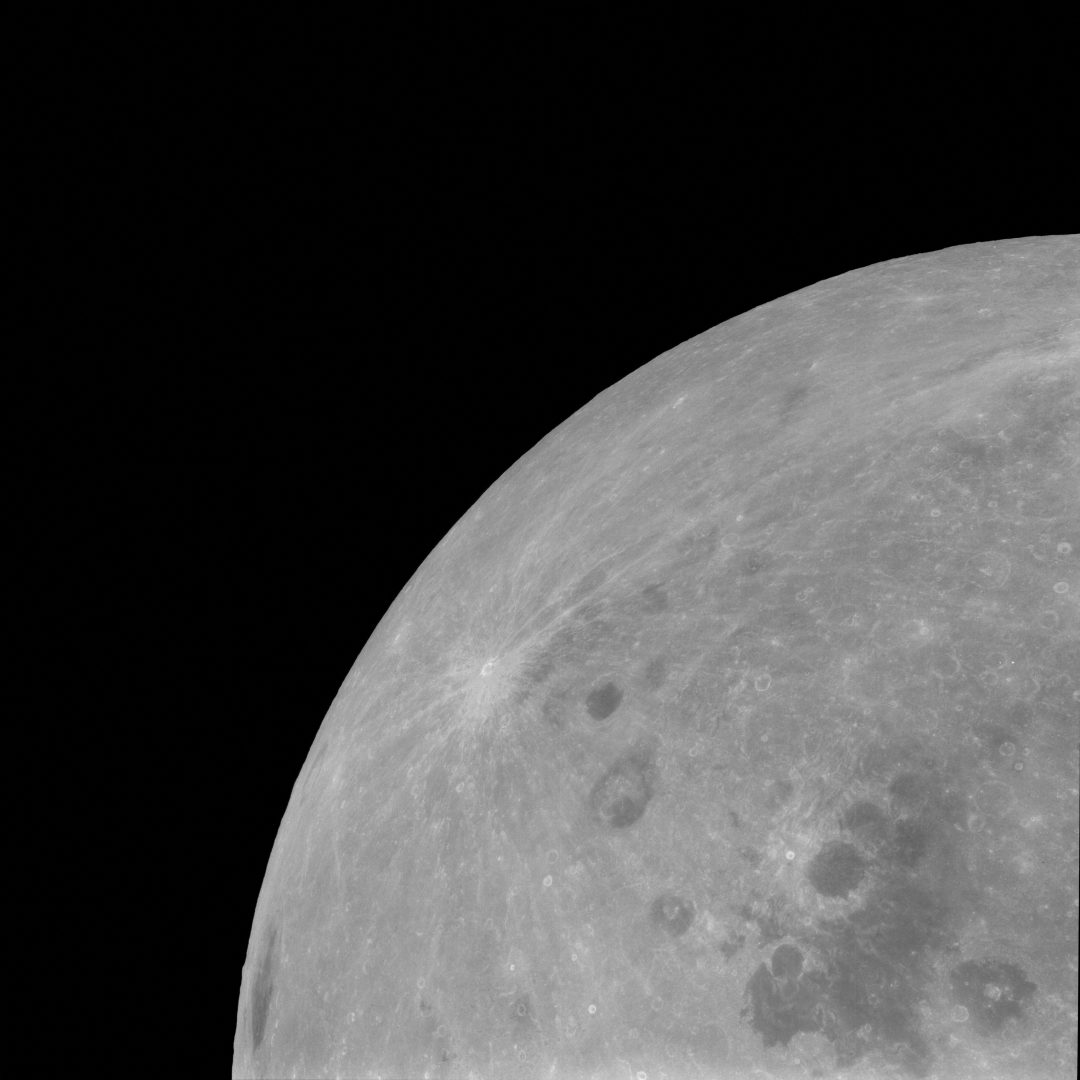Lunar Discoveries: Meteorites and the Moon’s Atmosphere
Unveiling the Moon’s Atmosphere
In the late 1960s and early 1970s, NASA astronauts became the first humans to land on the moon. They made a significant discovery: the moon has a tenuous atmosphere. Recent analyses of soil samples they brought back have shed light on the primary physical process that drives this atmosphere.
By examining forms of potassium and rubidium in nine tiny soil samples from five Apollo missions, researchers have identified meteorite impacts as the main source of the moon’s atmosphere.
The Role of Meteorite Impacts
Meteorite impacts generate extreme temperatures, ranging from 2,000 to 6,000 degrees Celsius (3,600 to 10,800 degrees Fahrenheit). These high temperatures melt and vaporize lunar rocks, releasing atoms into the atmosphere. Nicole Nie, a planetary scientist and cosmochemist at the Massachusetts Institute of Technology, explains this process in a study published in Science Advances.
The lunar atmosphere is extremely thin, classified as an exosphere. Unlike Earth’s dense atmosphere, atoms in the lunar exosphere rarely collide due to their sparse distribution.

Historical and Modern Instruments
Instruments taken to the lunar surface during the Apollo missions detected atoms in the air. In 2013, NASA launched the LADEE (Lunar Atmosphere and Dust Environment Explorer) spacecraft to further study the moon’s atmosphere. It identified two key processes: meteorite impacts and solar wind sputtering.
Solar winds, consisting mainly of high-energy protons, transfer energy to lunar surface atoms upon impact, causing them to be ejected. However, LADEE did not quantify the contributions of these processes. The new study shows that meteorite impacts account for over 70% of the lunar atmosphere, while solar wind sputtering contributes less than 30%.
Meteorites and the Lunar Surface
The moon has been constantly bombarded by meteorites, ranging from large craters to dust-sized micrometeorites. Atoms ejected by these impacts either fly into space or remain suspended above the surface, forming an atmosphere regularly replenished by ongoing meteorite impacts.
The lunar atmosphere primarily contains argon, helium, and neon, along with potassium and rubidium. It extends from the surface to about 62 miles (100 km), in contrast to Earth’s atmosphere, which reaches approximately 6,200 miles (10,000 km).
Using Soil as a Proxy
Instead of directly investigating lunar atmosphere atoms, researchers used lunar soil, or regolith, as a proxy. A mass spectrometer examined the ratio of different isotopes of potassium and rubidium in the soil. Isotopes are atoms of the same element with varying masses due to different numbers of neutrons.
“The lunar surface soil has interacted with the exosphere since the moon’s formation, and these processes leave distinct imprints on the isotopic composition of the soil,” explains Timo Hopp, a planetary scientist at the Max Planck Institute for Solar System Research in Germany.
Continued Exploration
Despite decades of lunar study, scientists continue to uncover new information about the moon’s basic processes. “Many important questions about the lunar atmosphere remain unanswered. With advancements in technology, we can now address some of these questions,” says Nie. “When Apollo samples were first analysed in the 1970s, no isotopic differences were observed. Today’s mass spectrometers provide much greater precision.”


